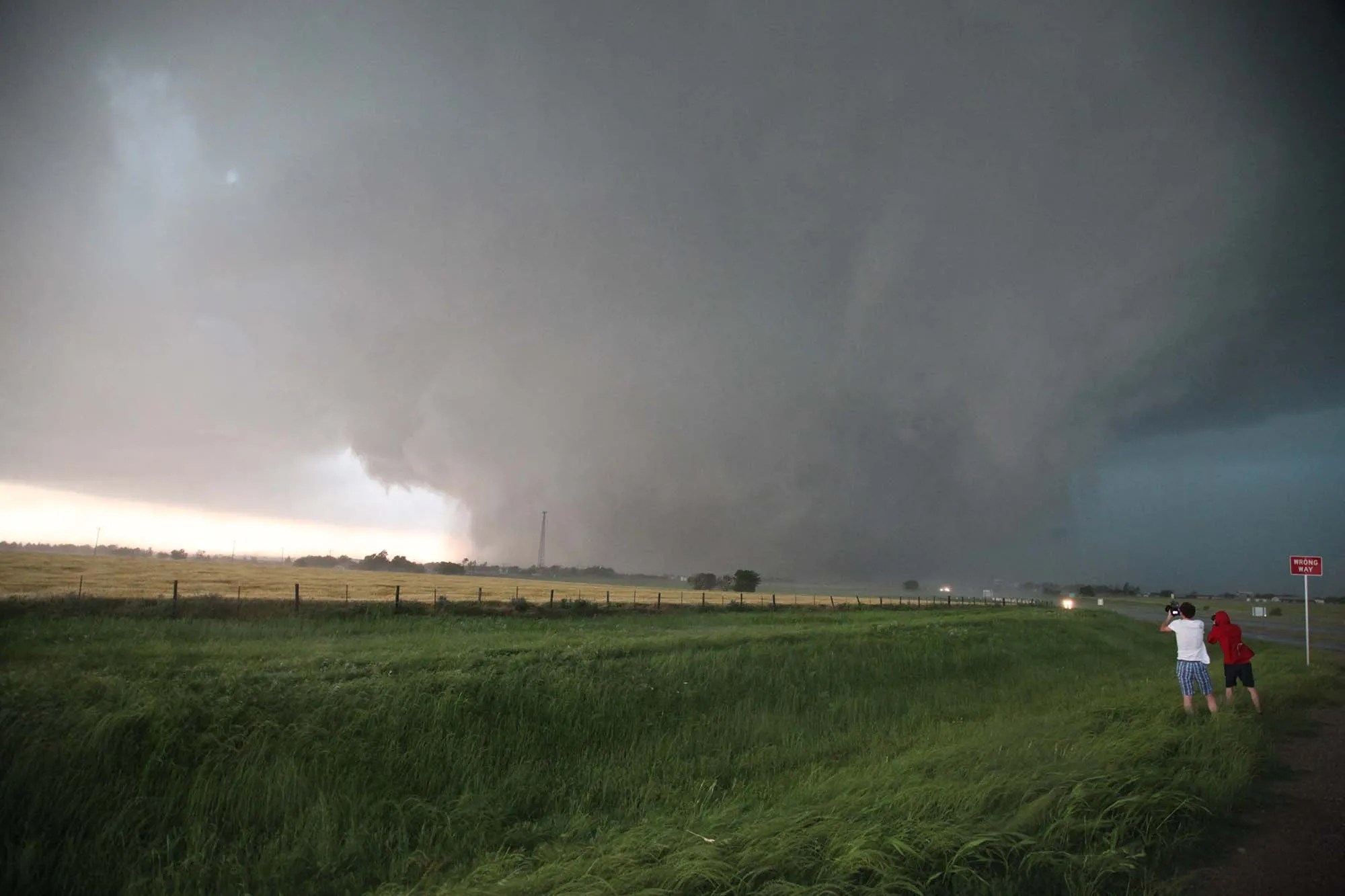
The 2013 El Reno tornado stands as a vivid reminder of nature’s unpredictable power. On May 31, 2013, this devastating tornado struck near El Reno, Oklahoma, leaving a trail of destruction in its wake. With a record-setting width of 2.6 miles, it is one of the widest tornadoes ever recorded, demonstrating the sheer intensity and scale of such natural disasters. This event not only impacted the local community but also raised awareness about tornado preparedness and response.
The El Reno tornado was part of a larger outbreak of severe weather that affected parts of the central United States. In the aftermath of this catastrophic event, extensive discussions arose regarding the science of tornado formation, the importance of timely warnings, and the resilience of communities affected by such disasters. The tornado's impact was felt not only in the physical destruction but also in the emotional and psychological toll it took on the residents. As we delve into the details of the 2013 El Reno tornado, we’ll explore its formation, the destruction it caused, and the lessons learned for future preparedness.
Understanding the 2013 El Reno tornado requires a closer look at its characteristics and the factors that contributed to its formation. The tornado emerged under specific meteorological conditions that favored severe storm development. As we investigate this event, we will examine the dynamics of tornado formation, the response of emergency services, and how communities can better prepare for such disasters in the future.
What Were the Meteorological Conditions Leading to the 2013 El Reno Tornado?
The 2013 El Reno tornado was influenced by a combination of atmospheric conditions that created an environment conducive to tornado development. Key factors included:
- High levels of moisture in the lower atmosphere.
- Strong wind shear that created rotation in the storm.
- A dry layer aloft that encouraged instability.
- Warm temperatures that contributed to the energy needed for storm formation.
How Did the 2013 El Reno Tornado Develop?
The tornado developed rapidly from a supercell thunderstorm during the late afternoon hours of May 31. This supercell was characterized by a rotating updraft, known as a mesocyclone, which is crucial for tornado formation. As the conditions evolved, the tornado intensified, eventually reaching its peak strength shortly after it touched down.
What Was the Path and Impact of the 2013 El Reno Tornado?
The tornado traveled approximately 16.2 miles across central Oklahoma, causing significant damage to homes and infrastructure. The most notable impacts included:
- Destruction of over 100 homes.
- Severe damage to commercial properties.
- Disruption of power services to thousands of residents.
- Loss of life, including 8 fatalities and numerous injuries.
What Are the Safety Lessons Learned from the 2013 El Reno Tornado?
The destruction caused by the 2013 El Reno tornado prompted a reevaluation of safety protocols and emergency response strategies. Key lessons include:
- The importance of having a reliable weather alert system.
- Community engagement in tornado preparedness drills.
- Increased awareness of safe shelter locations.
- Understanding the need for timely evacuation when warnings are issued.
What Was the Response from Emergency Services During the Tornado?
Emergency services responded swiftly to the tornado's aftermath, conducting search and rescue operations and providing aid to affected communities. Their efforts included:
- Setting up temporary shelters for displaced residents.
- Providing medical assistance to the injured.
- Assessing damage to determine the need for federal disaster assistance.
How Did the Community Rebuild After the 2013 El Reno Tornado?
The road to recovery for the El Reno community involved significant efforts from local organizations, government agencies, and volunteers. Rebuilding initiatives included:
- Financial assistance programs to help families rebuild.
- Community meetings to discuss rebuilding strategies.
- Infrastructure improvements to enhance resilience against future storms.
What Are the Long-Term Effects of the 2013 El Reno Tornado?
The long-term effects of the El Reno tornado extend beyond physical damage. They include psychological impacts on residents, changes in local policies regarding disaster preparedness, and renewed focus on research in meteorology. The event has become a case study for understanding tornado dynamics and improving warning systems.
As we reflect on the 2013 El Reno tornado, it is essential to remember the resilience of the community and the ongoing efforts to improve safety and preparedness for future storms. By learning from past experiences, communities can better equip themselves to face the challenges posed by severe weather events.
ncG1vNJzZmirn521b6%2FOpmasp5idu6bD0qCcq7FoZH9xfZJmnKVlopq7sHnTqKmnmZSke6nAzKU%3D